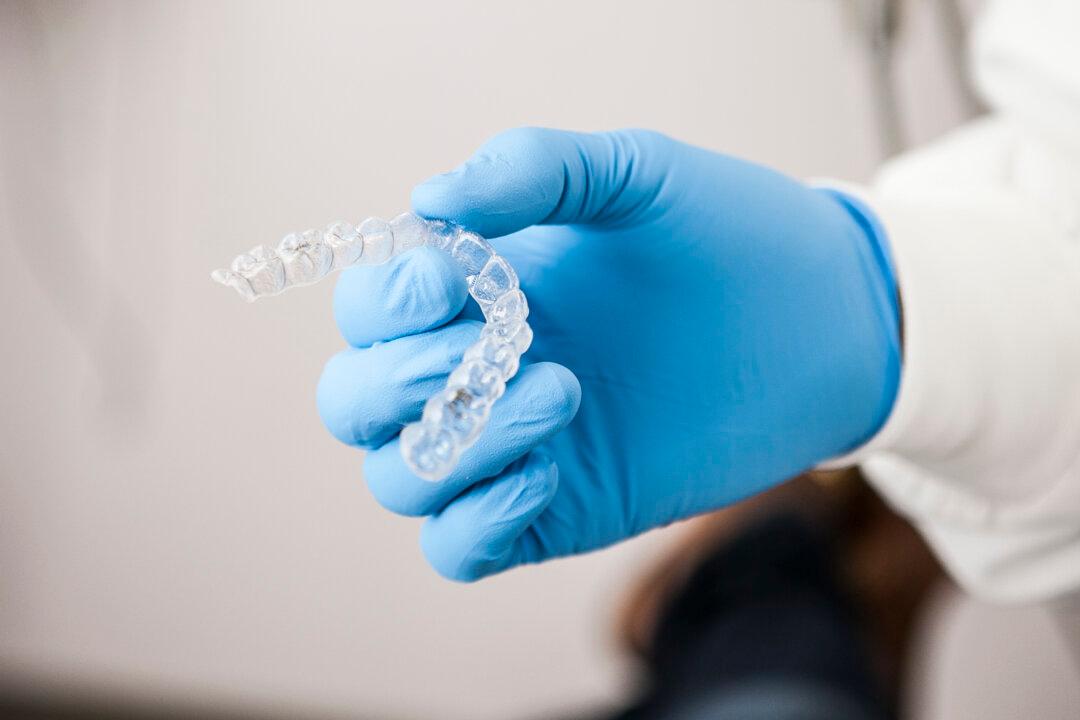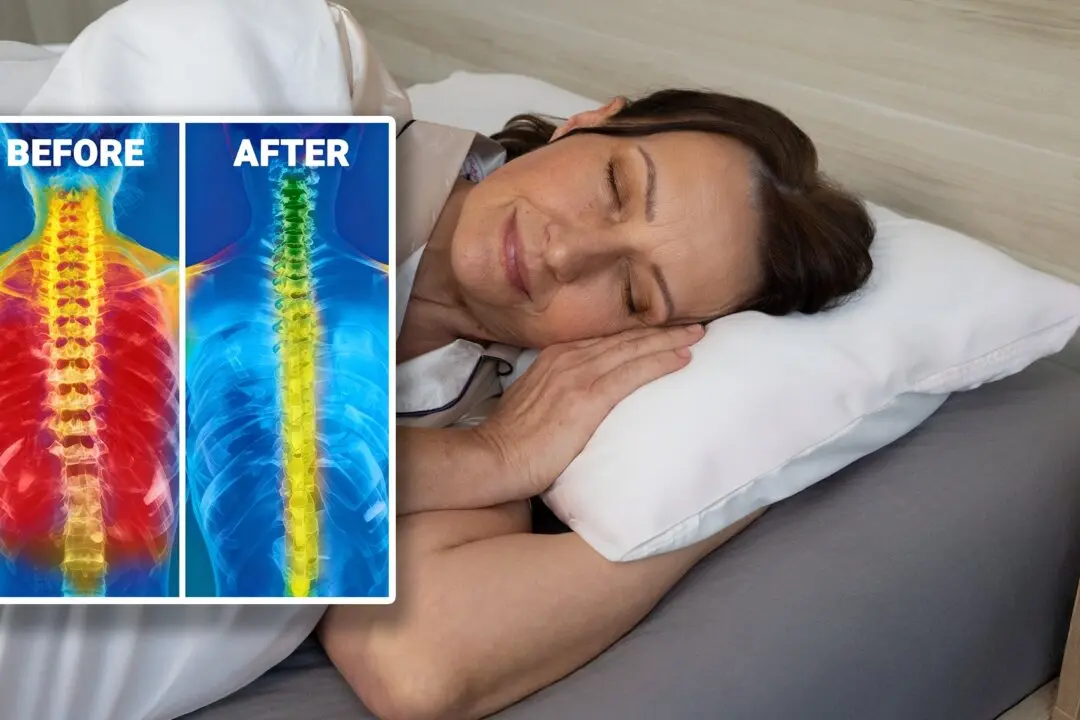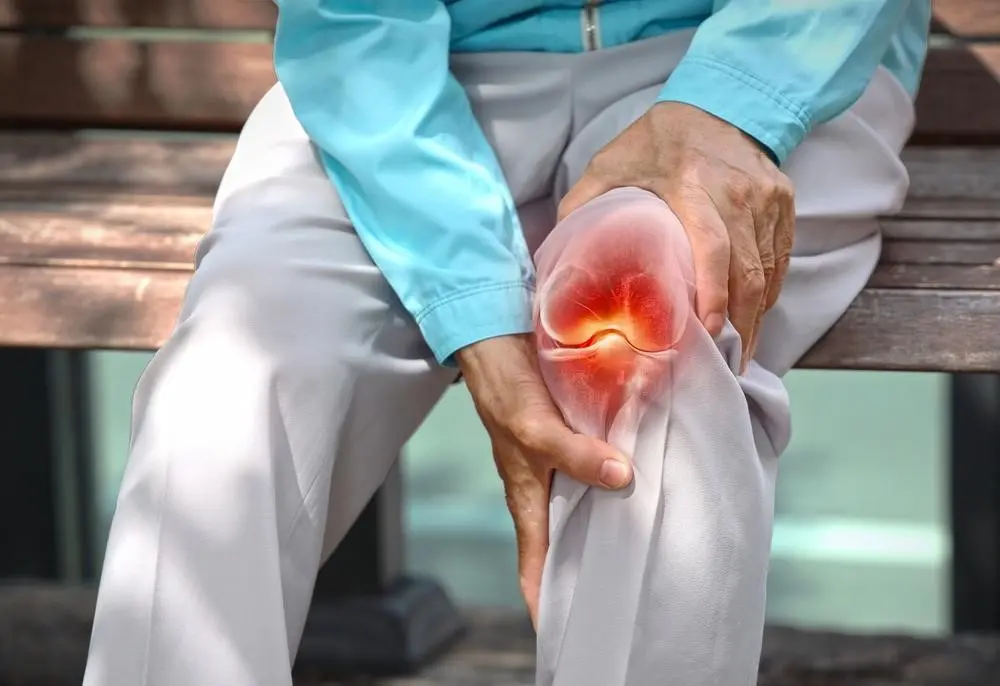NEW YORK—When you saw them on camera over the past several years, you probably had no idea that Oprah Winfrey, Justin Bieber, and Khloe Kardashian were getting their teeth straightened. That’s because they were using the nearly invisible tooth-straightening technology called Invisalign.
Invisalign uses a series of clear plastic trays, called alignment trays, worn on both the upper and lower teeth.
With computer modeling technology, Invisalign calculates the precise shape each tray needs to be to gradually shift teeth into the desired position.
Ideally the trays, which look exactly like the retainers people wear after having braces, are worn for 22 hours a day and only removed while eating or for cleaning.
Treatments require a new tray every 2–3 weeks as the teeth move, millimeter by millimeter. In total, treatments typically last from less than a year up to two years—but since the trays are removable it can be tempting to take them out, which can lengthen the treatment time.
What’s Most Difficult
“The hardest part for a lot of people is that it cuts down on the snacking,” said Dr. Wu, a board-certified orthodontist who works at New York Smiles Dental in Manhattan. Dr. Wu has over 10 years experience with Invisalign.
“A lot of people want to snack, have a little something here and there,” he said. But when they’re wearing Invisalign, they have to take the trays out every time a morsel of food passes their lips, and brush their teeth and tray before putting it back in.
It is recommended to always carry a small case to put the trays in when you take them out because losing the trays is an issue for many people, and it’s easy to accidentally toss them out with the lunch garbage if they’re sitting on a napkin.
Compared to Metal Braces
The biggest draw of Invisalign is of course that it’s practically invisible—unless you are really looking, you would never notice someone is wearing them.
The most visible part for most people are the attachment buttons—very small pieces of tooth-colored filling material that are glued to the teeth to help hold the alignment trays in place. The buttons usually go on the first pre-molar (fourth tooth from the center line), Dr. Wu said, so they are not conspicuous.
Convenience, cleanliness, and comfort are the other big draws for people, Dr. Wu said.
Each tray is worn for about two weeks, and patients usually get three or four trays per visit, which means they don’t have to return for six to eight weeks, unless they lose or break their trays, Dr. Wu said. With braces, patients typically come back every four weeks.
Office visits are also short.
“We just have to … check up on them that they’re wearing their trays and that there are no fitting issues,” Dr. Wu said, adding that in his experience, the trays most often fit very well.
With Invisalign, people can take the trays off and brush fairly normally and there is “very little impact on their lifestyle,” he said. With braces, cleaning is more challenging.
“A lot of people find it difficult to really maintain their teeth well when they’re in regular braces,” Dr. Wu said.
Last year Invisalign came out with a new, softer material that still has enough strength to move the teeth.
The old material was very stiff and could make the patient’s mouth feel painful for the first couple days, Dr. Wu said. “But now the material is more comfortable ... a lot softer than it used to be but still has the same effect. It moves the teeth probably better, more efficiently.”
Most people perceive Invisalign as less painful than regular braces, Dr. Wu said.
Misconceptions






